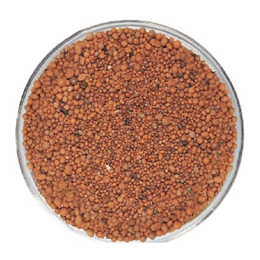
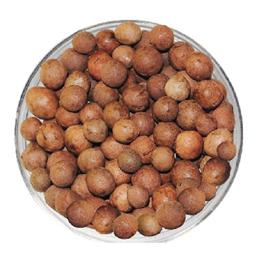
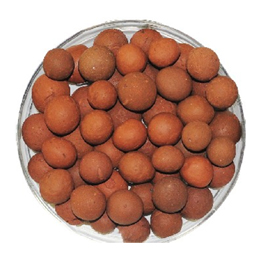
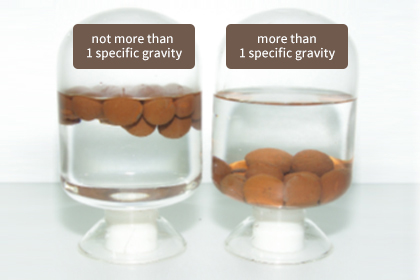
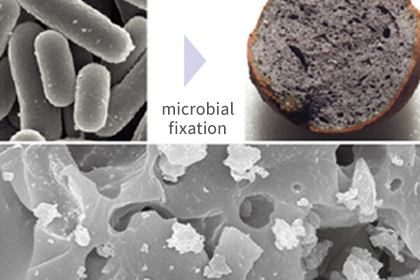




| Rainwater Holding Stone(S) | Rainwater Holding Stone(M) | Rainwater Holding Stone(L) | |
|---|---|---|---|
| Size | 3~5㎜ | 5~8㎜ | 13~5㎜ |
| Main raw material | Red clay, Clay | Red clay, Clay | Red clay, Clay |
| The external appearance | Bead shape, ocher color, and mud brown, smooth surface and micropore formation | Beaded, ocher-colored, smooth surface and microporous formation | Rectangular, reddish brown, coarse and fine pore formation |
| Performance Weight | 0.9~1.4g/㎤ | 0.9~1.4g/㎤ | 0.9~1.4g/㎤ |
| Volume weight | 0.72~0.85g/㎤ | 0.75~0.95g/㎤ | 0.75~0.95g/㎤ |
| Porosity | 62 | 61 | 61 |
| Comparative area | 1.0~3×10⁴㎠/g | 1.5~3×10⁴㎠/g | 1.8~5×10⁴㎠/g |